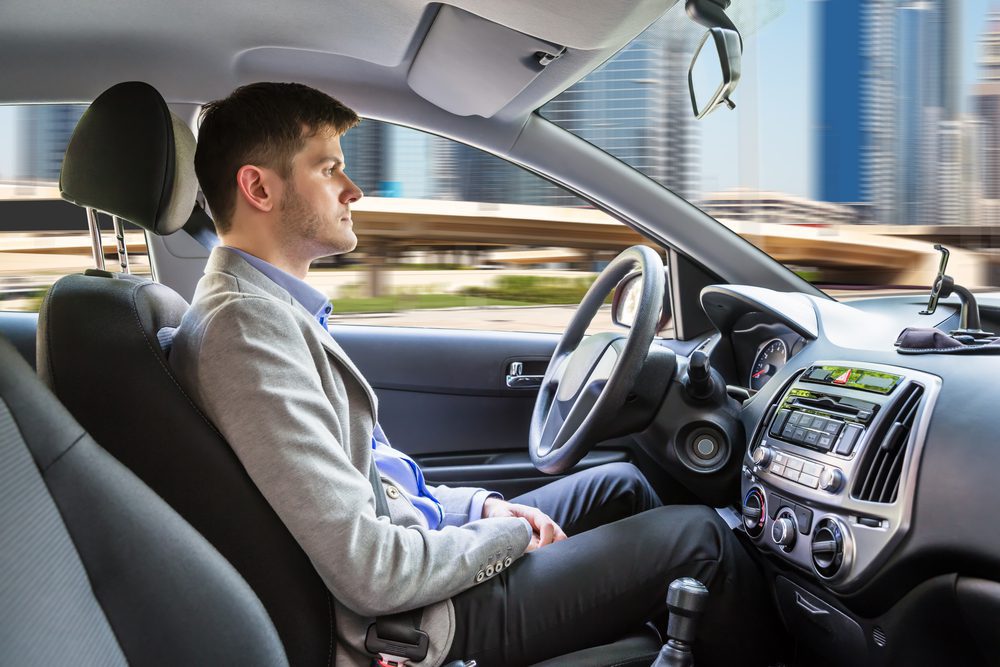What can auto dealers likely expect for the next five to ten years of the automotive industry? Well, looking at the data, two words come to mind: “more disruption.” This development is not a bad thing, as these trends provide dealers with more opportunities to expand their brand and appeal to the ever-changing needs of customers. However, a growing reliance on technology and consumer desire for more convenience will continue to dominate the next five to ten years of the industry. So, what can dealers expect to see going into 2030? Here are a few trends dealers can begin to prepare for in the near future.
Car Connectivity Will Grow in Its Capabilities
Today, customers are warming up to the idea of a “connected car.” Vehicles are now beginning to be outfitted with Wi-Fi, can connect to networks like Apple Carplay or Android Auto, and can even help drivers find and order goods and services. The future is here. However, the capabilities of the connected car will grow. Eventually, cars will be able to speak to one another, and the dealership and OEM they came from. For example, very soon, dealers could use connectivity to determine when customers would need a repair, or might be in the market for a new car. This development could impact not only marketing but also the customer experience as a whole.
Blockchain Will Become More Prevalent
In the simplest terms, a blockchain is a digital record of transactions that can be shared across multiple computers in a peer-to-peer network. While the security of the blockchain is still a concern for some, many in the automotive industry are embracing this growing trend. For example, French automaker Renault uses blockchain to log every car repair into one place. This tactic allows the automaker to have information about where customers are getting their vehicles serviced, regardless of where they went. In the future, blockchain will continue to make it much easier to record and gather vast amounts of information about cars, and could even simplify the sales process for both dealers and customers.
By 2030, Personal Mileage May Increase By 24 Percent 
According to PwC’s Five Trends Transforming the Automotive Industry Report, rising populations will lead to higher mobility demands. As a result, they predict that personal mileage will increase. While they do expect for cars to be involved in fewer accidents and require smaller amounts of maintenance due to the rise of safer autonomous vehicles, these cars will likely need to be replaced much sooner since customers will be able to drive them for more extended periods. This situation will likely lead to more visits to the dealership, and as a result, dealers can look forward to higher sales in the long-run.
The Future Belongs to Autonomous and Electric Vehicles
Barring any significant legislative setback, more electric vehicles and advanced autonomous vehicles will likely be making their way onto showroom floors. According to PwC’s report, by 2030, 55 percent of all new car sales are estimated to be fully electric. On the other hand, Statista found that partially autonomous vehicles will account for $36 billion of the car market in 2025. While the public is still a bit leery of these cars, the continued evolution of the car buying audience that includes younger customers can drive demand for these technologies. PwC’s study also highlighted the fact that younger drivers living in urban areas are focused on the ease of mobility and environmental sustainability. As a result, this new generation of consumers will be the driving force for electric and autonomous cars. These vehicles will come with technology that many consumers may not be familiar with. This scenario will require dealers and showroom staff to take on more of a training role in helping customers understand how to use these vehicles properly.
Final Thoughts
The next decade of the automotive industry will likely be just as disruptive as the last. The tastes of consumers are evolving, and this fact, coupled with technological advances, will continue to bring significant changes to all involved in this sector. However, while change is inevitable, there are ways to prepare if those impacted have an understanding of what could be to come. So, it is critical that dealers continue to keep an eye on their consumer base, keep track of their buying habits, and couple this knowledge with analyst predictions. Those who use this information to strategize for the future will be in a position to beat out the competition.








